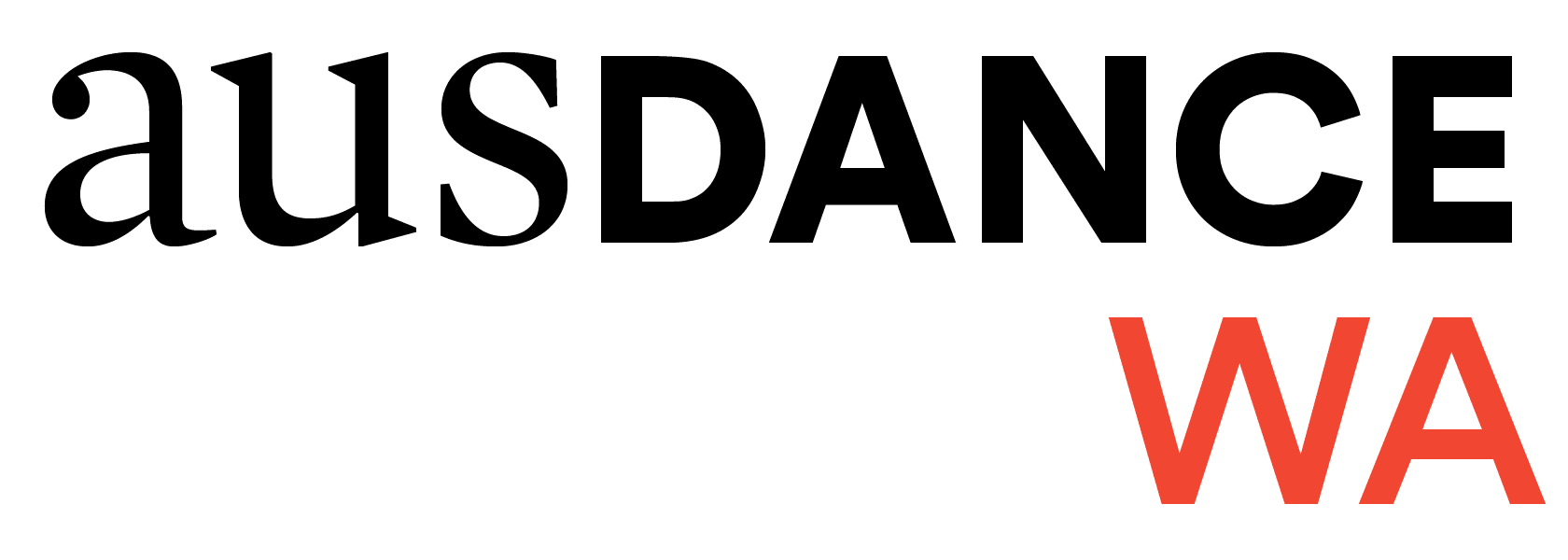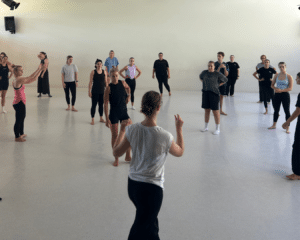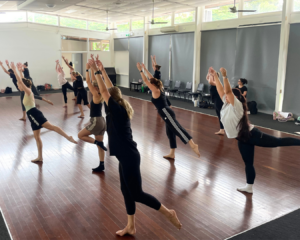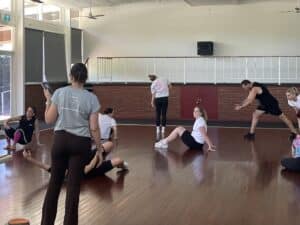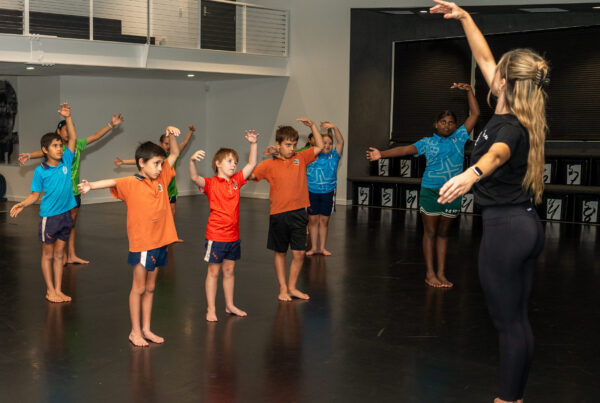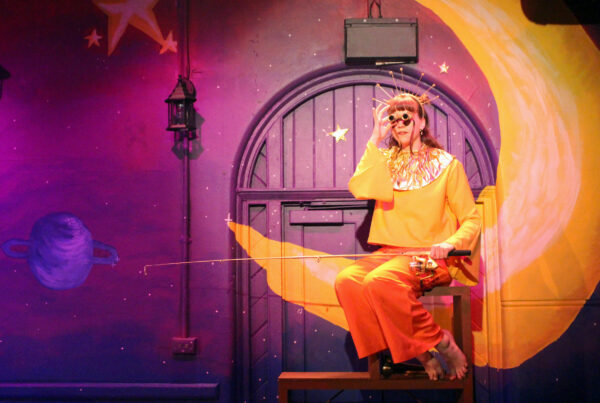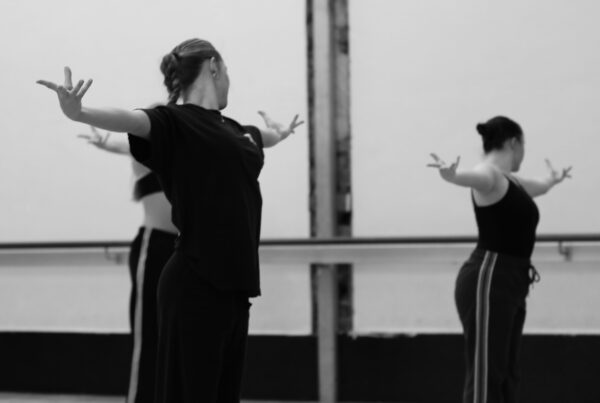The Joy of Movement: The Intersection of the Western Australian K-Year 12 Dance Curriculum With Critical Phases of Brain Development in Children and Young Adults
Article by Gary Hodge, President and Chair of Ausdance WA
Background
This articles brings together my personal observation and analysis of two different professional dance contexts in Western Australia.
These contexts ranged from Ausdance WA’s Professional Development Programs for 94 teachers of dance across the K-12 years of schooling that were conducted between November 2024 and February 2025, and my attendance at the 10th anniversary celebration of Dance for Parkinson’s held on 1 February 2025 at the Niche Centre for Neurological Support at QEII Medical Centre in Nedlands WA.
The latter event represents a 10-year partnership between Lifespan Dance, Parkinson’s Western Australia, Dance for Parkinsons Australia and Ausdance WA.(1)
Conclusions arising from this analysis are listed at the end of the article.
Physical, Social and Mental Health and Wellbeing Benefits of Engagement with Quality Arts Education Learning
The recognition of the value of the Arts, creativity and creative pursuits in education has progressed significantly in Australia and globally since the 1980s.
Meta Analysis literature on the physical, social and mental health and wellbeing benefits of engagement with quality Arts learning and practices from an early age, and being sustained with consistency in sequential curricula throughout the schooling years until young adulthood, is now well-established.
The World Health Organization’s comprehensive scoping review by Fancourt and Finn (2019) synthesized over 900 global studies, demonstrating that participation in the arts is linked to improvements in child development, emotional regulation, social functioning, and resilience.(2)
This article looks at how the early pre-school years of dance experience, and learning around the creative application of the basic elements of Body, Space, Time and Energy, can build on and extend the child’s growth and opportunity to flourish through the critical brain developments in the period following the first 1500 days of life.
Research in Brazil (São Paulo) compared the motor development of children aged from five to six years who practiced educational dance with the motor development of children at the same age who did not practice it, and sought to verify the permanence of the results obtained six to eight months after the conclusion of the intervention.
Children who participated in the educational dance program, compared to children who did not, achieved significant gains in their general motor development and on the following bases: balance, fine motor and overall praxis. Educational dance helped the children’s motor development, and the results were partially maintained months after the end of the intervention.(3)
The Western Australian primary dance curriculum for Years 1 to 3 lays the foundation for further building on the motor development benefits associated with students taking the basic elements of dance to create dance sequences, learn about locomotive and non-locomotive movements, and begin to develop body control and coordination.
It is at this early stage of education, safe dancing concepts are learnt with students becoming aware of personal space and the need to respect the personal space of others.
Dance concepts applied at the Years 11 and 12 level
The article then looks at the period in which another major growth phase in the brain occurs, which involves the maturation of the prefrontal cortex during the teenage years until around 25 years of age. During this phase, decision-making, emotional regulation, impulse control and planning capacities undergo a process of maturation in the brain.
This growth phase enhances future cognitive functions and reasoning, and the curriculum at this level requires more extended and very challenging applications of the basic elements of dance introduced in Pre-school, to a deeper understanding of the possibilities and mechanics of creative human movement and mobility.
To quote from the Rationale for the Western Australian 2026 Year 12 ATAR course:
“Students experience an intrinsic sense of enjoyment and personal achievement through expressing and challenging themselves physically.
As a physical art form, dance is able to offer an opportunity for them to achieve an elite level of movement skills.
They gain an understanding of the physical competencies specific to dance, including biomechanical principles, strength, flexibility, coordination and rhythmic understanding, while learning to use the body as a medium for artistic expression.
Dance may draw on other multidisciplinary art forms that are traditional or innovative.
It is essential that students demonstrate safe dance practices and understand health issues that will enhance their general physical wellbeing and prolong their dance involvement.” (4)
This level of experience and knowledge not only ensures that the dancer makes more informed decisions about their own safety and wellbeing in their careers, but also opens other opportunities for dance to be applied as both an art form and as complementary therapy.
This experiential, higher-level of understanding of human movement and mobility is deserving of new and more high profile advocacy and information on career advice in the upper secondary years of education so that students are more aware of the future life and career choices that dance can provide.
Advocacy in the career planning areas in schools could open many new career options for students in both the dance industry and dance as an effective complementary therapy for improving mobility and quality of life as people age or acquire progressive neurological diseases which impact on mobility.(5)
Dance’s Super Power: Kinaesthetic Modes of Learning
Kinaesthetic learning involves a multi-sensory environment for deep learning as students from across the K-12 years learn through the senses and by ‘doing’. It provides an approach that actively engages learners in their education as ‘tactile’ learners who use movement, testing, trial and error, and non-traditional learning environments to retain and recall information.
The child learning to walk, balance on two legs, talk and become increasingly conscious of space while walking, requires the formation of trillions of synapses which provide the point of communication between neurons – governing the human capacity and natural urge to be mobile and to imitate and practice the mobility of people around them.
Apart from providing a safe and trauma-free environment, adequate nutrition and nurturing during this period, and the provision of stimulating interactions, are key factors in supporting healthy brain development.
The success of establishing the Arts as a foundational area of the Australian National Curriculum came about through strong arts education advocacy and campaigns, headed largely by professional associations of Arts teachers, academics and artists.
Currently in the Australian Curriculum, the Arts covers each of the five arts subjects – Dance, Drama, Media, Music, and Visual Arts – based on the assumption that all students will study the five arts subjects from foundation to the end of primary school.
In Years 7 to 9, students then have the opportunity to study at least two areas in greater depth before starting to specialise in Years 10 to 12.
The national curriculum recognises that teachers in schools are the key to providing students with ‘rich, sustained, rigorous learning in each of the subjects in the Arts’.
Ausdance WA Steps Up to Provide Teacher Professional Development
This is where Ausdance WA steps up to provide one of its most important services to members and to the continuing support of the Arts in schools – the professional development of teachers.
In all, 94 teachers from across the state attended either a primary or secondary Ausdance WA program between November 2024 and February 2025 thanks to the hard work and specialised knowledge of Ausdance WA Executive Director Amy Wiseman and Marketing & Memberships Managers Christina Kasahara (until January 2025) and Phoebe Tempra.
Intersection of Dance Curricula and Experience, and Periods of Brain Development in Children and Young Adults
What I found of particular interest in attending professional development sessions covering Years 1 to 12, were the opportunities for capitalising student benefit on the intersection of dance education at critical periods of brain growth and development in both children and young adults.
As outlined, for teenagers and young adults up the age of 25 years, the brain enters another phase of critical development as important as the first 1500 days of life.
What I observed in the senior secondary PD dance programs was its timely consistency in providing continuous kinaesthetic learning as its base from the pre-primary and primary years, while increasing the demands for more sophisticated planning, aesthetic and emotional responses to complex tasks.
Benefits and Potential Negative Consequences of Prefrontal Cortex Brain Growth in Teenagers and Young Adults
There are many benefits that can arise in the maturation of the prefrontal cortex during this phase of the teenage and young adult brain development. These include the capacity for improved decision-making and future planning due to more logical reasoning. Managing emotions and stress, social skills development (including empathy), and ability to navigate complex relationships, lead to developing greater cognitive flexibility and creativity. There can be an increased awareness of the consequences of actions and better anticipation of potential risks and rewards inherent in different social and workplace situations.
The downsides include a heightened propensity to engage in risky behaviours due to underdeveloped connection between the limbic system and the prefrontal cortex that can lead to such behaviours in adolescents.
The limbic system, which is responsible for emotions and reward-seeking, matures earlier than the prefrontal cortex, which controls impulse and decision-making. This developmental imbalance can make adolescents more prone to impulsive behaviours, including substance use, accidents, and other risky behaviours.
Overthinking and anxiety caused through peer pressure and social comparisons exacerbated by 24-hour social media can make navigation extremely difficult through this period of a young adult’s life. This is reflected in the mental health trends in Australia in which anxiety and depression in the 16 to 24-year age groups are more prevalent over recent decades.(6)
Building Individual Resilience Through Dance
Years 11 and 12 Dance programs have the potential to provide greater resilience to the external and internal influences that are causing these trends of anxiety and depression in young adults.(7)
Dr. Dennis Charney, Dean of the Icahn School of Medicine at Mount Sinai and a renowned psychiatrist, has conducted extensive research on resilience—the ability to adapt and recover from adversity. His work identifies key characteristics of resilient individuals, based on studies of people who have endured significant trauma, such as prisoners of war and survivors of natural disasters.
Key Characteristics of Resilient People (Based on Dr. Charney’s Research):
- Optimism – Resilient individuals tend to maintain a positive outlook, believing they can overcome challenges.
- Cognitive Flexibility – The ability to reframe negative situations and adapt thinking to new circumstances.
- Strong Social Support – Having close relationships and a reliable network enhances resilience.
- Moral Compass – A sense of ethics, purpose, or spirituality provides motivation during hardships.
- Facing Fear (Exposure Therapy Principle) – Confronting fears gradually helps build emotional strength.
- Physical Fitness & Health – Regular exercise and healthy habits improve stress resistance.
- Brain Fitness (Cognitive & Emotional Training) – Practices like mindfulness and problem-solving strengthen resilience.
- Meaning & Purpose – Having goals and a sense of mission fosters perseverance.
Conclusions of Analysis
- Extensive peer-reviewed global research attests to the benefits of dance engagement from Pre-school to Senior Secondary School.
- The Western Australian dance curriculum supports and extends healthy brain development in critical periods across the Kindy to Year 12 age cohorts.
- There is potential to build on this research to advocate with the Chief Scientist of Western Australia, the public and private health sectors, school and university career advisory counsellors and the School Curriculum and Standards for greater recognition of dance as a viable complementary therapy.
References:
- Celebrating 10 Years of Dance for Parkinson’s in Western Australia
- What is the evidence on the role of the arts in improving health and well-being?: A scoping review WHO 2019
- The Influence of Educational Dance on the Motor Development of Children
- Rationale, WA 2026 Curriculum Year 12 ATAR Dance
- Effects of dance practice on functional mobility, motor symptoms and quality of life in people with Parkinson’s disease: a systematic review with meta-analysis
- Australian Institute of Health and Welfare (AIHW) – Mental Health Reports
- AIHW reports show a steady rise in anxiety and depression, particularly among young people.
- Key findings:
- In 1997, around 6% of young Australians (16–24) reported high psychological distress; and by 2021, it reached 26%.
- Women are more likely to experience anxiety and depression than men.
- Resilience as shared practice. Building resilience through Dance Movement Therapy
